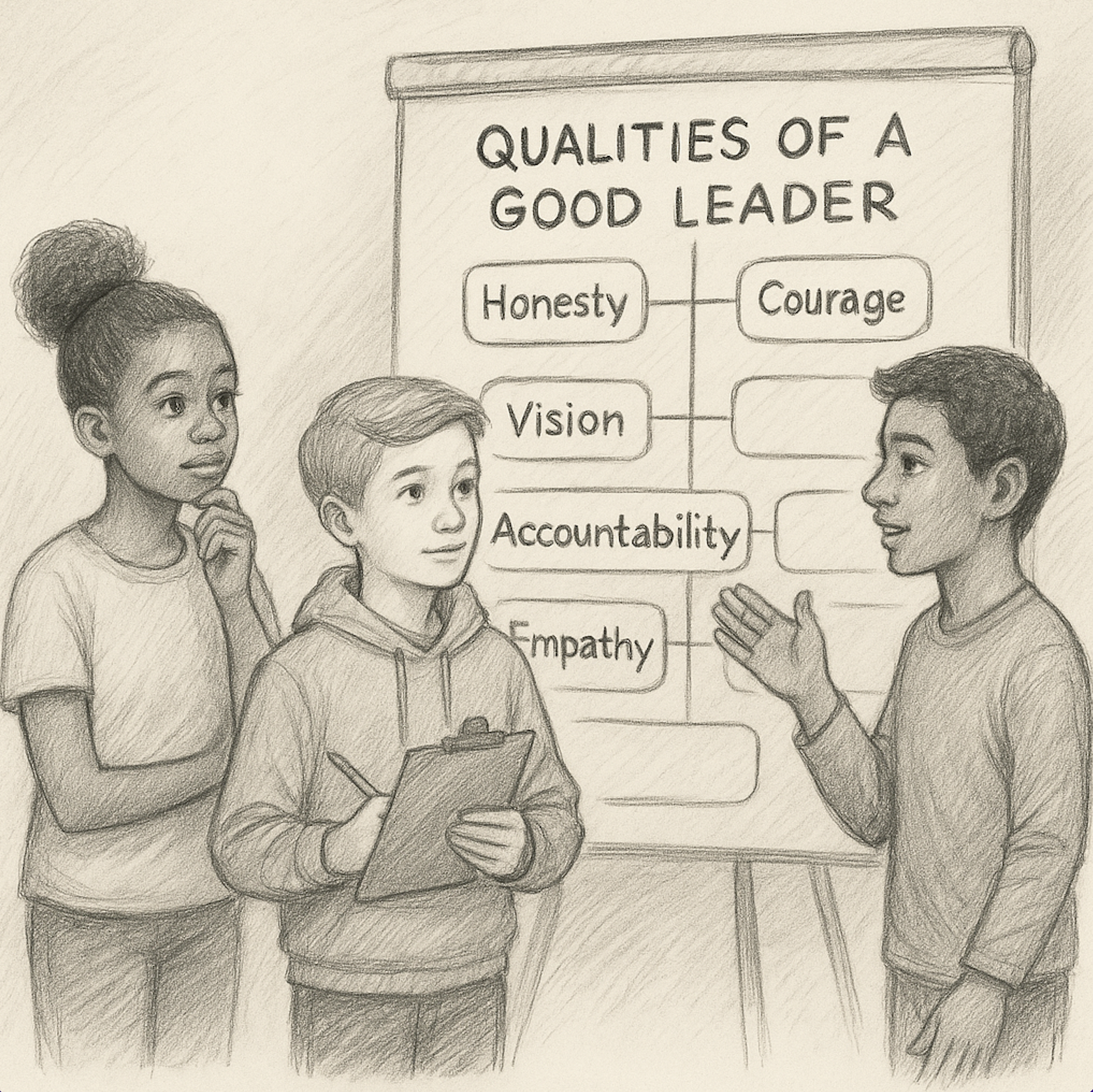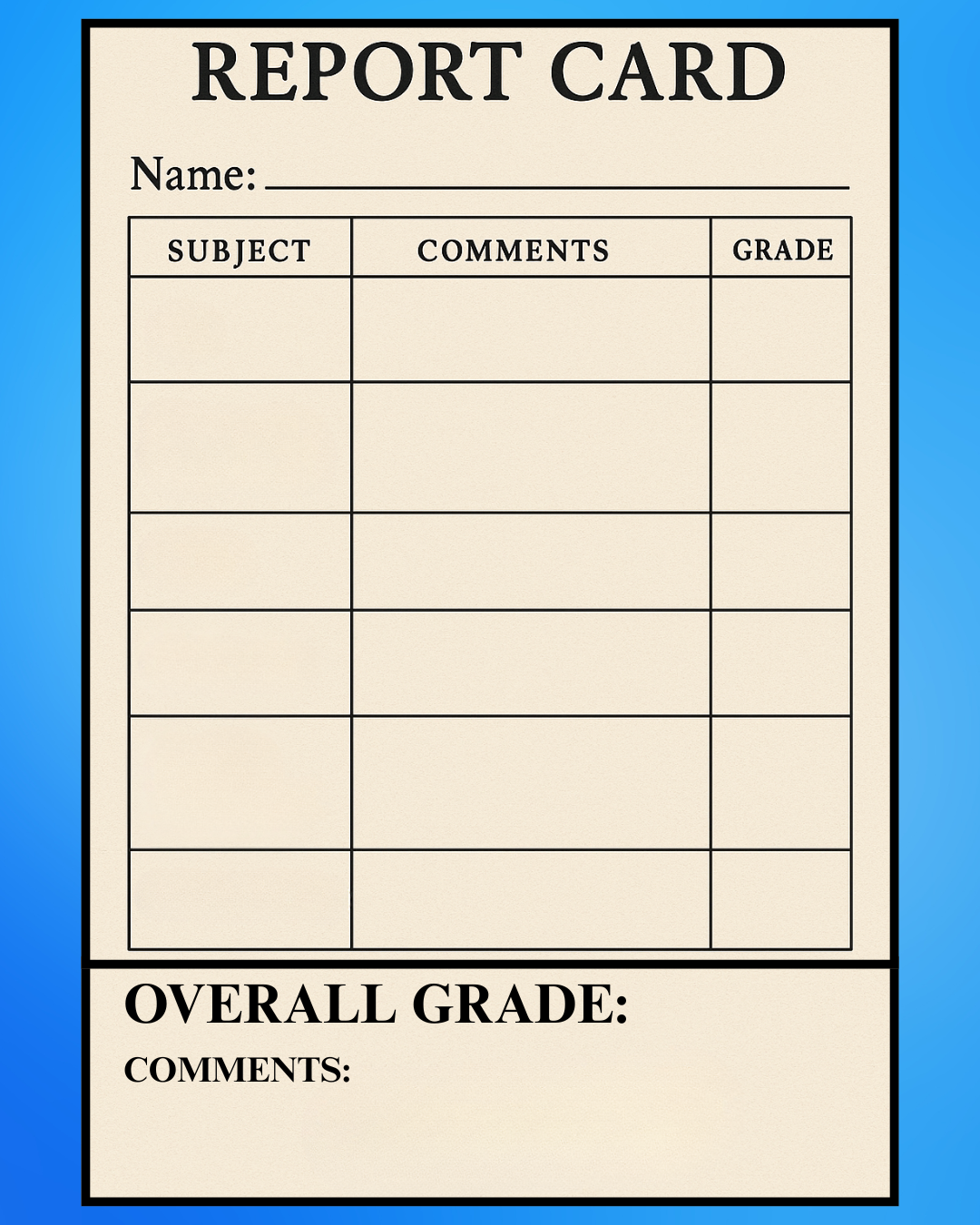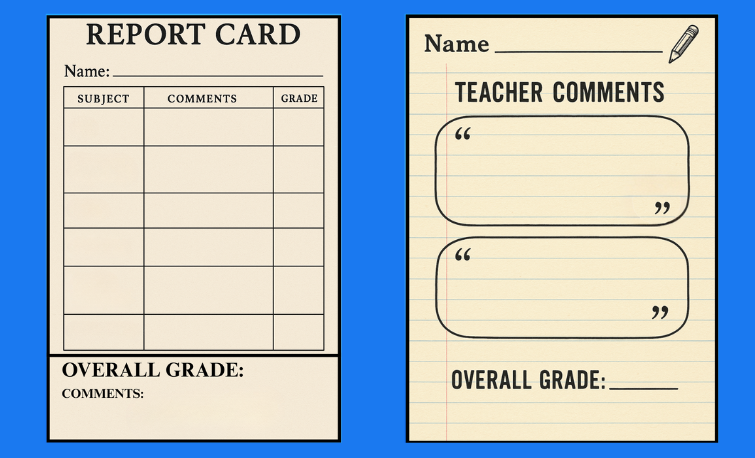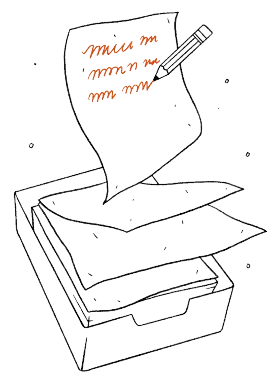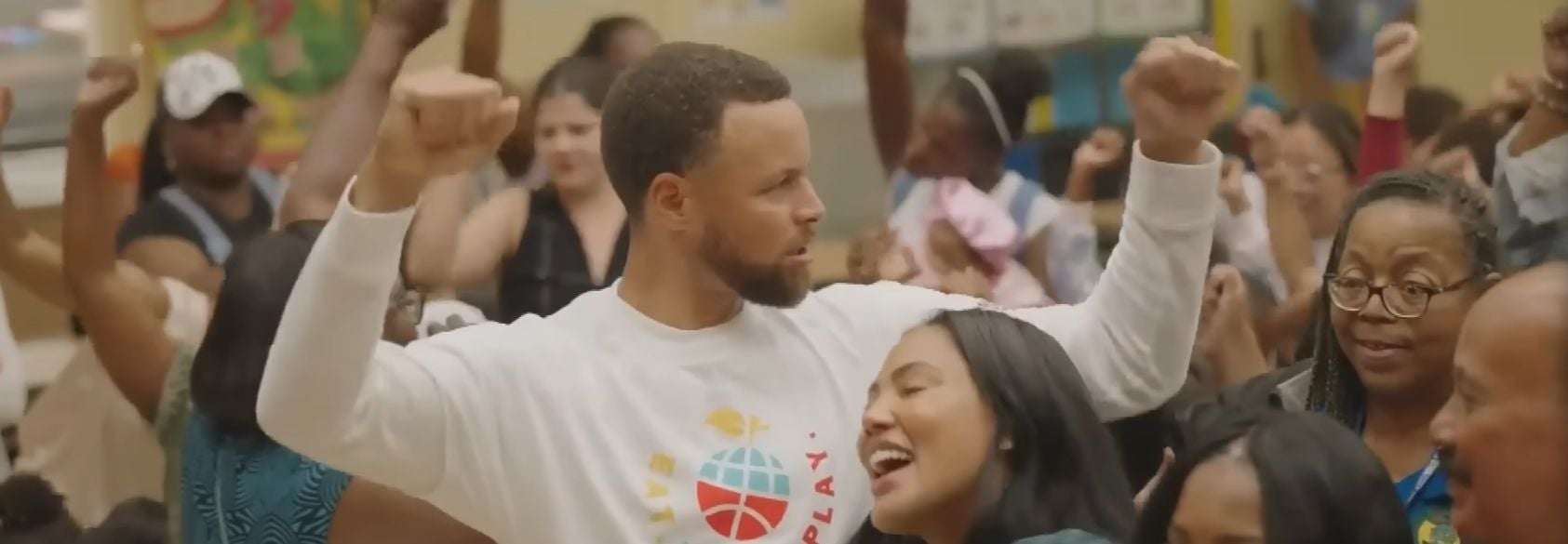As I reflect on the first 100 days of President Trump's second term, I'm reminded of a lesson I used to teach when I worked with Close Up.
(Close Up is a nonpartisan civic education program that brings students from across the country to Washington, D.C., to explore democracy in action and learn how to engage meaningfully with public policy and leadership.)
One of my favorite activities with students was asking them to define what makes a good leader — whether that’s the president, a member of Congress, a governor or a local official. We’d start simple: brainstorming together on a flip chart all the traits students believed were important when selecting a leader. Traits such as honesty, courage, vision, accountability and empathy were frequently mentioned. We worked hard to move beyond political parties, focusing instead on leadership qualities themselves. No leader is perfect, and often there are traits we admire and traits we question across the political spectrum.
Once we had a big list of leadership qualities, students would work in small groups to narrow down their top five. Then they built a rubric, carefully defining what it would mean to “exceed expectations,” “meet expectations,” “need improvement" or “fall short” in each category. It gave students a framework for evaluating leaders based on their values, not just partisan loyalty.
